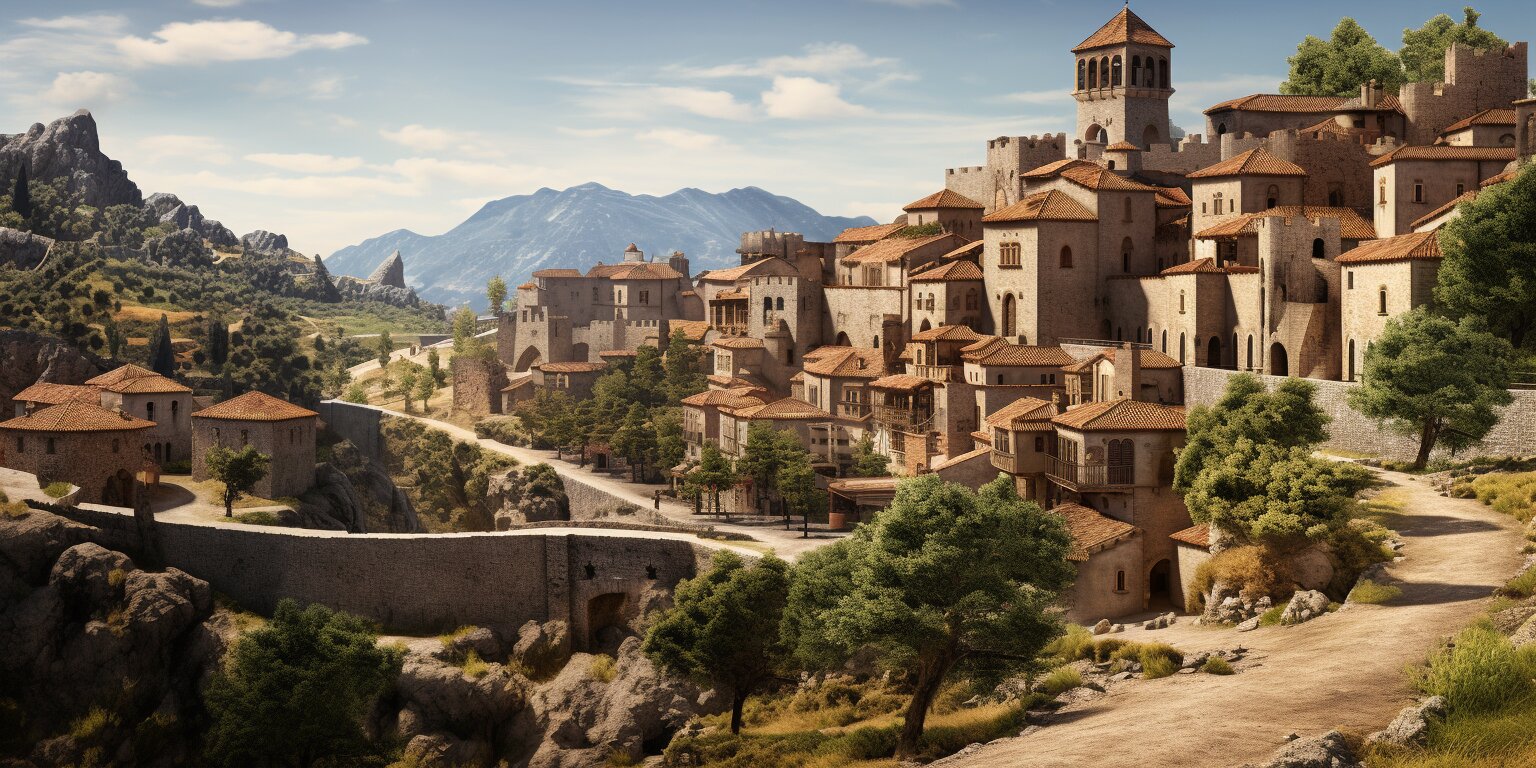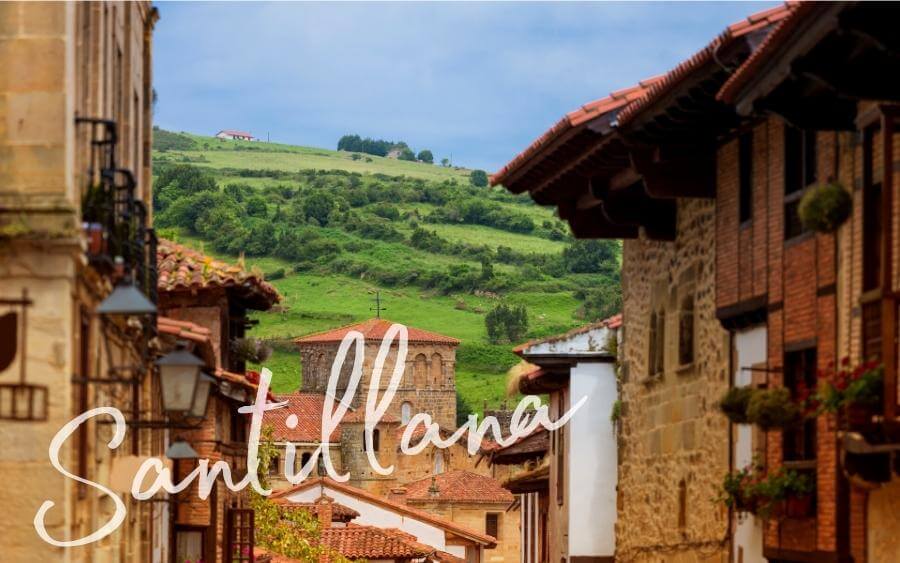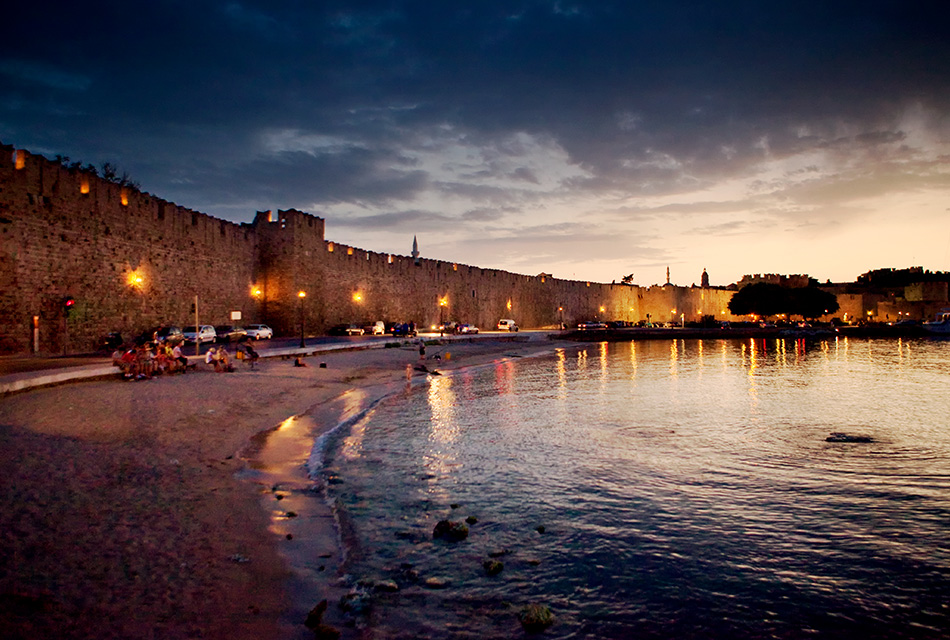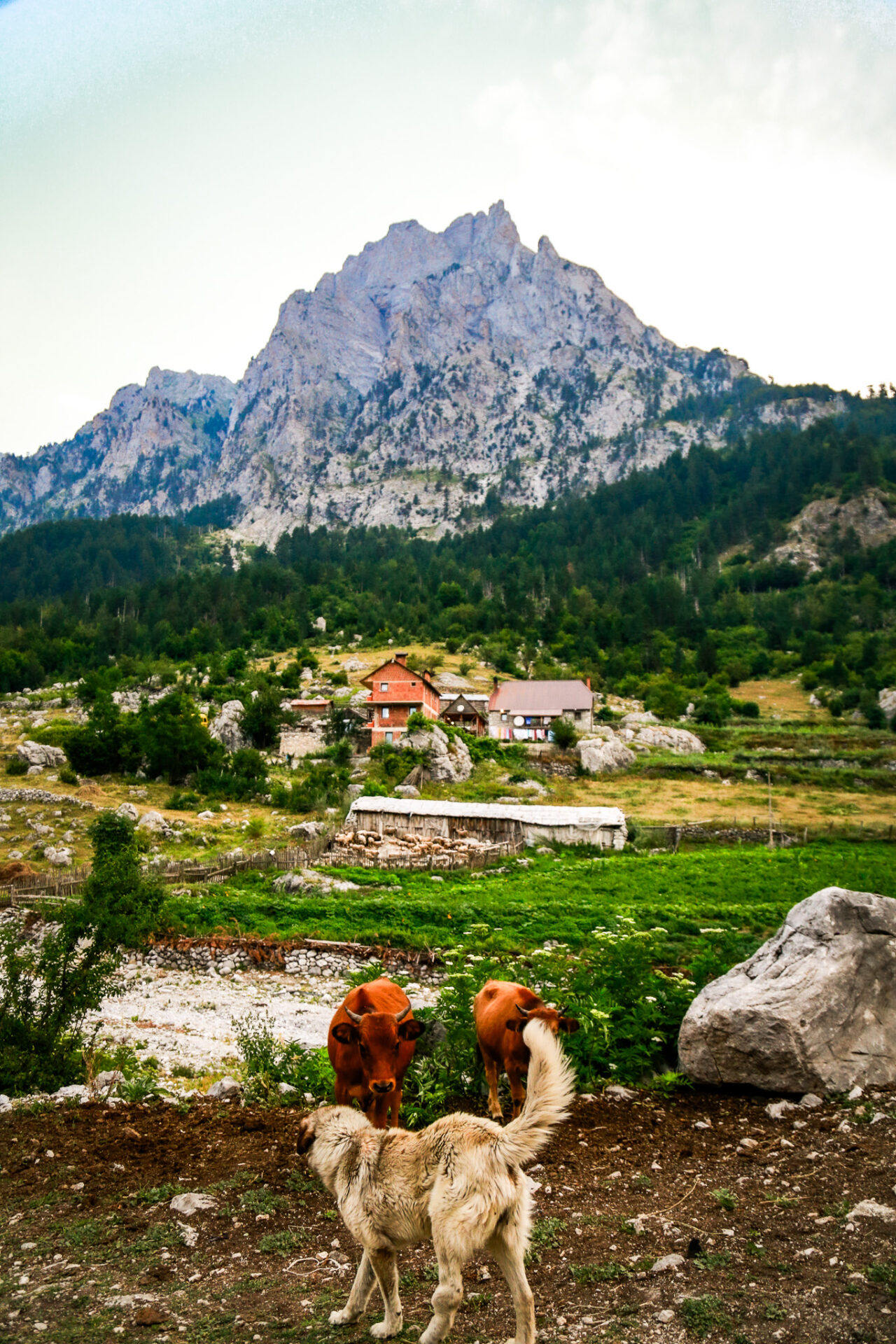
Introduction
Overview of Traditional Villages in Rural Spain
Rural Spain is adorned with charming traditional villages, each telling stories of a bygone era. Picture whitewashed homes, narrow cobblestone streets, and bustling plazas filled with locals. From the picturesque villages of Andalusia to the rugged landscapes of Galicia, traditional villages showcase Spain’s unique cultural tapestry that has evolved over centuries.
Significance of Preserving Spanish Rural Heritage
Preserving these villages is not just about maintaining aesthetics; it’s about safeguarding history, culture, and identity. Here are a few reasons why protecting rural heritage is crucial:
- Cultural Identity: These villages represent local customs and practices that define communities.
- Tourism Potential: Well-preserved villages attract tourists, promoting economic development.
- Sustainable Living: They offer models for sustainable practices in harmony with nature.
Our connection to these places enriches our understanding of who we are and where we come from.

History and Culture of Rural Spain
Influence of History on Traditional Spanish Villages
The rich history of Spain has left an indelible mark on its traditional villages. Centuries of invasions, conquests, and migrations have shaped the unique character of these communities. For instance, the Arab influence is evident in the architecture and agricultural techniques found in Southern Spain.
Key historical events include:
- Roman Occupation: Introduction of advanced infrastructure, including roads and aqueducts.
- Moorish Rule: Architectural styles and irrigation systems that still benefit local agriculture.
- Christian Reconquest: Resulting in a blend of Christian and Islamic artistry in many village structures.
Cultural Practices in Rural Spanish Villages
Cultural practices in these villages are vibrant and diverse, reflecting centuries-old traditions. From festivals to daily rituals, they breathe life into local customs. For example:
- Folk Dances: Traditional dances like the Jota or Fandango bring communities together during festivities.
- Artisan Crafts: Skills such as pottery, weaving, and woodwork are passed down through generations.
These practices not only preserve heritage but also instill a sense of belonging and community pride among residents. Embracing the past is vital for the future of these enchanting rural landscapes.

Architectural Marvels in Rural Villages
Unique Architecture of Spanish Rural Homes
The architecture of rural Spanish homes is a captivating tapestry woven through time, showcasing functional design and aesthetic appeal. From the sturdy stone facades of Galicia to the mud-brick and tile structures of Andalusia, each region boasts its distinct style, often reflecting the local environment and resources. Some notable features include:
- Thick Stone Walls: Providing insulation against heat and cold.
- Terracotta Roof Tiles: Characteristic of rural homes, these tiles help in water drainage.
- Patios and Balconies: Outdoor spaces for leisure and socializing, enhancing community bonds.
Historic Buildings and Landmarks in Traditional Villages
Beyond residences, historic buildings in these villages are a testament to their rich heritage. For instance, many villages proudly display:
- Churches and Chapels: Often dating back several centuries, they are central to village life, hosting religious festivals and community events.
- Castles and Fortress Ruins: Echoes of a tumultuous past, these structures offer glimpses into historical defense strategies.
Visiting these architectural marvels invites exploration of stories that shaped Spanish history, connecting visitors with the past. Each wall and pathway reveals the cultural nuances that define these extraordinary places.

Traditional Spanish Cuisine and Culinary Traditions
Culinary Delights of Rural Spain
The culinary landscape of rural Spain is a vibrant celebration of flavors, steeped in tradition and creativity. Local dishes often draw inspiration from seasonal ingredients, creating hearty meals that reflect the earth they come from. Some beloved culinary delights include:
- Paella: A saffron-infused rice dish originally from Valencia, showcasing regional ingredients.
- Pisto: A ratatouille-like dish, combining tomatoes, peppers, and zucchini, often topped with a fried egg.
- Chorizo: Spicy sausage often used in stews or served as tapas, delivering bursts of flavor.
Importance of Local Produce in Spanish Gastronomy
Local produce lies at the heart of Spanish gastronomy, shaping traditional recipes and ensuring freshness. Villagers often take pride in their homegrown ingredients, enhancing meals with:
- Olive Oil: A staple in Mediterranean cuisine, known for its health benefits and rich flavor.
- Vegetables: Seasonal offerings, from tomatoes to peppers, form the backbone of many dishes.
- Herbs and Spices: Fresh herbs like parsley and spices like paprika add complexity and warmth to rural dishes.
By valuing local produce, rural communities preserve their culinary heritage while inviting the world to savor the authentic taste of Spain. Each meal served is not just food—it’s a celebration of community, culture, and history.

Festivals and Celebrations in Rural Spanish Villages
Traditional Festivals in Rural Spain
Rural Spain is a vibrant mosaic of traditional festivals that honor local customs and religious beliefs. These celebrations blend music, dance, and culinary delights, creating a unique experience for locals and visitors alike. Some notable festivals include:
- La Tomatina: A fun and messy tomato-throwing festival held in Buñol.
- Fallas de Valencia: An explosion of fireworks and intricate sculptures, showcasing artistic talent.
- Semana Santa: A solemn yet breathtaking Semana Santa (Holy Week) featuring elaborate processions and rituals.
Role of Festivals in Community Bonding
Festivals play a crucial role in reinforcing community ties. They offer opportunities for villagers to reconnect, share traditions, and celebrate their collective identity. Highlights of community bonding during these events include:
- Collaborative Preparation: Families and friends come together to prepare traditional dishes and decorations.
- Shared Experiences: Engaging in communal activities fosters a sense of belonging and joy.
- Intergenerational Learning: Younger generations learn traditions and skills passed down from their elders.
Each festival transforms into a tapestry of memories, weaving together the essence of rural life in Spain. These celebrations not only honor the past but also create a hopeful future, where community spirit shines brightly.

Artisanal Crafts and Industries
Traditional Crafts in Rural Spanish Villages
In rural Spain, traditional crafts are a reflection of cultural heritage, showcasing the skills and creativity of local artisans. From the intricate artistry of pottery to the elegant weaving of textiles, these crafts tell stories of community and passion. Some cherished traditional crafts include:
- Ceramics of Talavera: Renowned for their vibrant colors and unique designs.
- Espadrilles: Handcrafted shoes made from natural fibers, ideal for summer wear.
- Woodwork: Intricate carved furniture and decorative items that embody craftsmanship.
Sustainability and Revival of Artisanal Industries
Today, there is a growing movement toward sustainability and the revival of artisanal industries. Communities recognize the importance of preserving these crafts, tying them to their environmental and cultural identity. Key aspects of this revival include:
- Eco-friendly Materials: Artisans are using sustainable resources to minimize environmental impact.
- Workshops and Classes: Initiatives to educate younger generations about traditional practices.
- Local Markets: Promotion of handmade goods through village fairs and online platforms.
By embracing these artisanal crafts, rural Spanish villages honor their heritage while contributing to a sustainable future. Each piece crafted is not just an item; it carries history, culture, and a commitment to the earth.

Rural Tourism and Ecotourism in Spain
Growth of Rural Tourism in Spain
Rural tourism in Spain has experienced tremendous growth as travelers seek authentic experiences away from bustling cities. Emphasizing local culture, traditions, and natural beauty, rural tourism offers a refreshing escape. Travelers are now drawn to:
- Scenic Villages: Picture-perfect settings that highlight regional charm and architecture.
- Culinary Experiences: Opportunities to savor homemade dishes and local wines.
- Outdoor Activities: Hiking, cycling, and exploring diverse landscapes.
Ecotourism Initiatives in Spanish Villages
Alongside rural tourism, ecotourism initiatives are gaining traction, promoting sustainable travel practices. Spanish villages are embracing this movement by focusing on environmental conservation and community involvement. Key initiatives include:
- Nature Trails: Development of guided tours that educate visitors about local flora and fauna.
- Wildlife Conservation Projects: Collaboration with local organizations to protect endangered species.
- Community Engagement: Involving locals in tourism development to ensure authenticity and benefit the economy.
This blend of tourism offers visitors a chance to connect with nature while supporting rural communities. Through focusing on sustainability, Spanish villages preserve their charm and ensure the longevity of their traditions for future generations.

Challenges and Preservation Efforts
Threats to Traditional Spanish Villages
Despite their charm and rich heritage, traditional Spanish villages face numerous threats that undermine their cultural and architectural integrity. Factors such as:
- Urbanization: Increasing migration to cities leads to population decline and abandoned homes.
- Tourism Overload: While beneficial economically, uncontrolled tourism can strain local resources and disrupt community life.
- Climate Change: Extreme weather conditions and environmental degradation threaten agriculture and local ecosystems.
Initiatives for the Conservation of Rural Heritage
To combat these challenges, various initiatives have emerged to preserve the essence of rural heritage. These efforts aim at maintaining cultural identity while fostering sustainability:
- Government Support: Funding and grants for restoring historic buildings and promoting local tourism.
- Community Projects: Grassroots movements engage residents in conservation efforts, creating awareness and local pride.
- Cultural Festivals: Celebrating traditions through events helps keep them alive while attracting visitors.
By addressing these threats and championing preservation initiatives, Spanish villages can safeguard their heritage for future generations. Each effort reminds us of the unique stories these communities hold and their importance in the broader tapestry of cultural history.

Conclusion and Future Prospects
Importance of Preserving Rural Spanish Villages
Preserving rural Spanish villages is essential not only for maintaining cultural identity but also for fostering community solidarity and protecting history. These villages are living museums, rich with customs and stories that offer educational opportunities for visitors and locals alike. Through preservation efforts, future generations can engage with their heritage and appreciate their roots.
Future Trends in Rural Heritage Conservation
Looking ahead, several trends are shaping the future of rural heritage conservation:
- Digital Documentation: Utilizing technology to archive oral histories, crafts, and traditions, ensuring they remain accessible.
- Sustainable Practices: Increasing focus on eco-friendly tourism will protect natural surroundings while benefiting local economies.
- Collaborative Partnerships: Cooperation between government, NGOs, and local communities enhances resources for preservation.
As awareness grows, the resilience of these villages will strengthen, allowing them to thrive amid challenges. Together, we can champion the cause of rural Spanish heritage, ensuring that its vibrant tapestry endures for generations to come.




